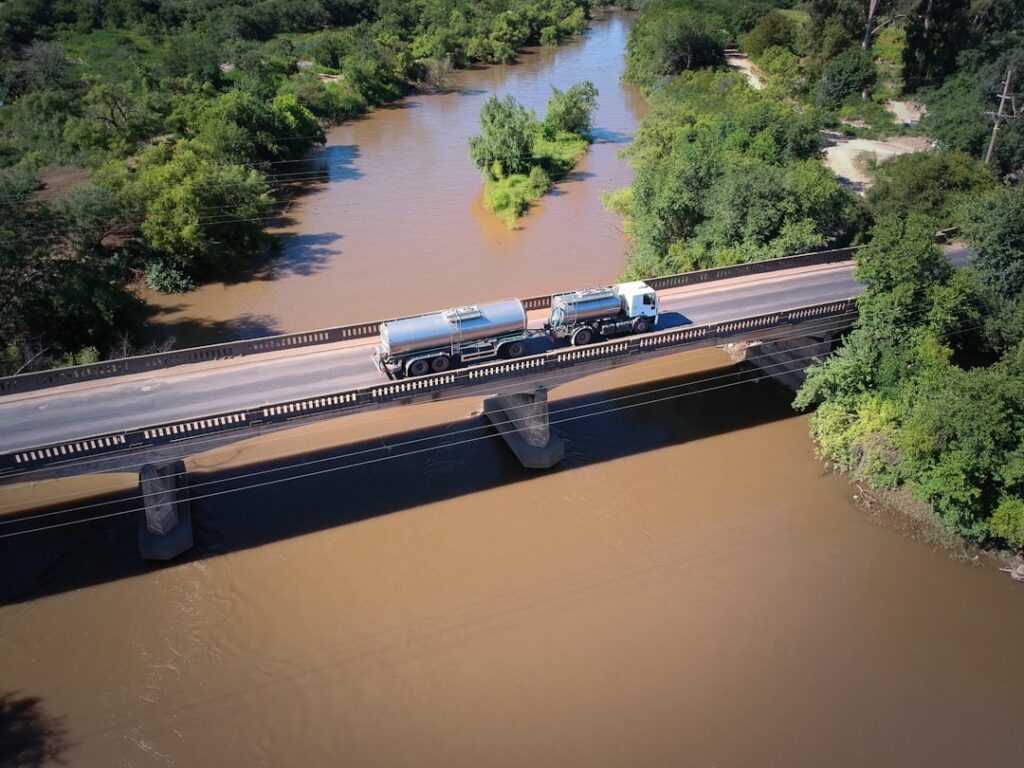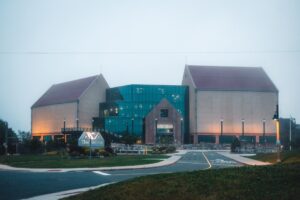NASA Aircraft, Sensor Technology, Aid in Texas Flood Recovery Efforts – NASA (.gov)
In the wake of devastating floods in Texas, NASA has stepped in to aid in recovery efforts using their innovative aircraft and sensor technology. The…

In the wake of devastating floods in Texas, NASA has stepped in to aid in recovery efforts using their innovative aircraft and sensor technology. The space agency has deployed a fleet of aircraft equipped with state-of-the-art sensors to assist in mapping and monitoring floodwaters, providing crucial data to first responders and emergency management teams.
The aircraft, including NASA’s Gulfstream-III research aircraft, are outfitted with specialized instruments that can measure water levels, map flooded areas, and even detect changes in the Earth’s surface caused by the flooding. This data is then transmitted in real-time to teams on the ground, helping them to better understand the extent of the flooding and plan their response accordingly.
NASA’s sensor technology has proven to be a valuable asset in disaster response efforts, providing critical information that can help save lives and minimize damage. By leveraging their expertise in remote sensing and Earth observation, NASA is able to provide valuable support to communities in need during times of crisis.
The use of NASA’s aircraft and sensor technology in Texas demonstrates the agency’s commitment to using their resources for the benefit of society. As climate change continues to increase the frequency and severity of extreme weather events, the need for advanced technology to aid in disaster response efforts will only grow. NASA’s ongoing efforts to develop and deploy cutting-edge technology for disaster response are a testament to their dedication to helping communities in need.
As the recovery efforts in Texas continue, NASA’s aircraft and sensor technology will play a vital role in providing critical data and support to those on the front lines. The space agency’s commitment to using their expertise for the greater good is a shining example of the positive impact that technology can have in times of crisis.
Source: NASA (.gov)





